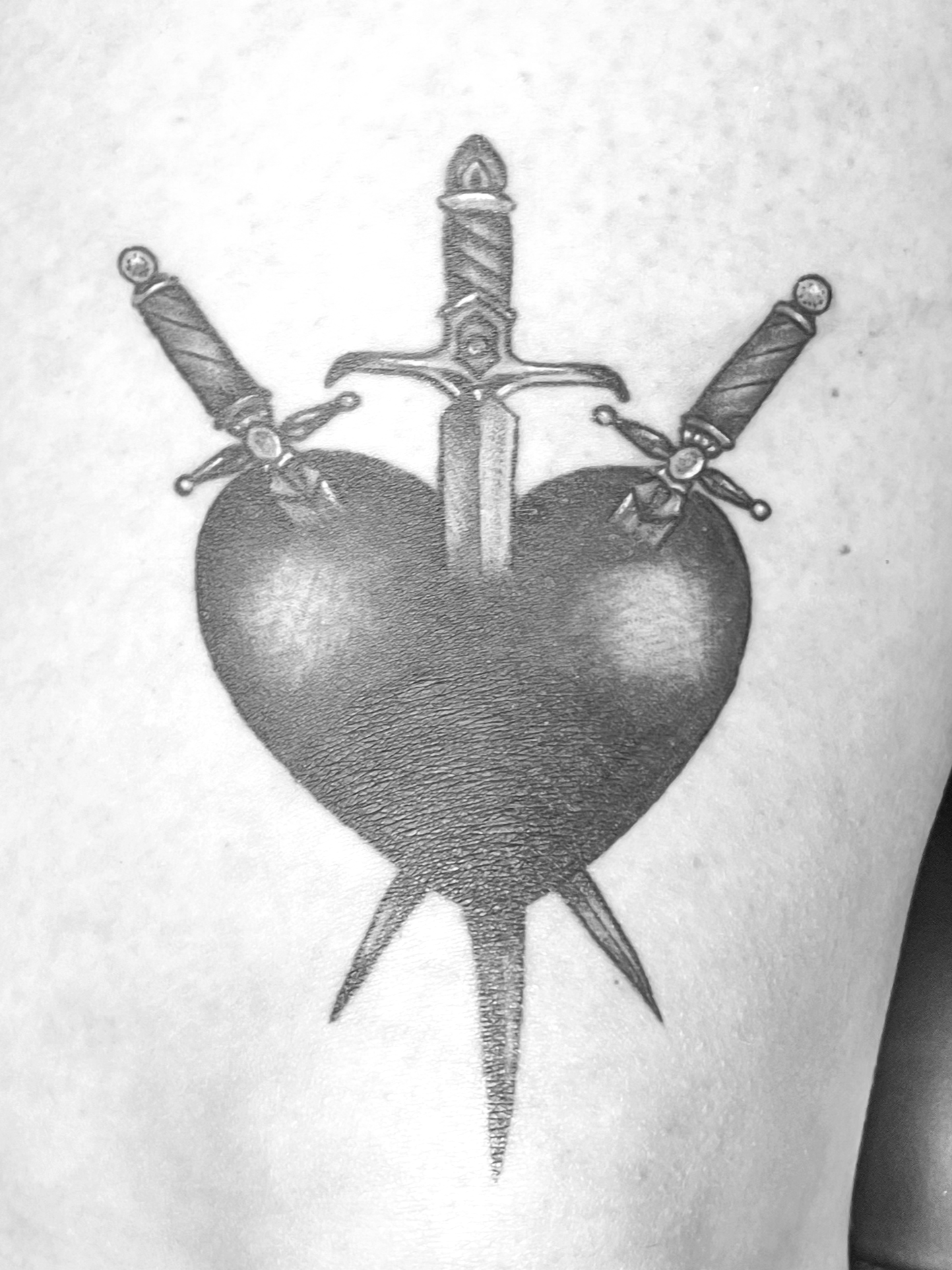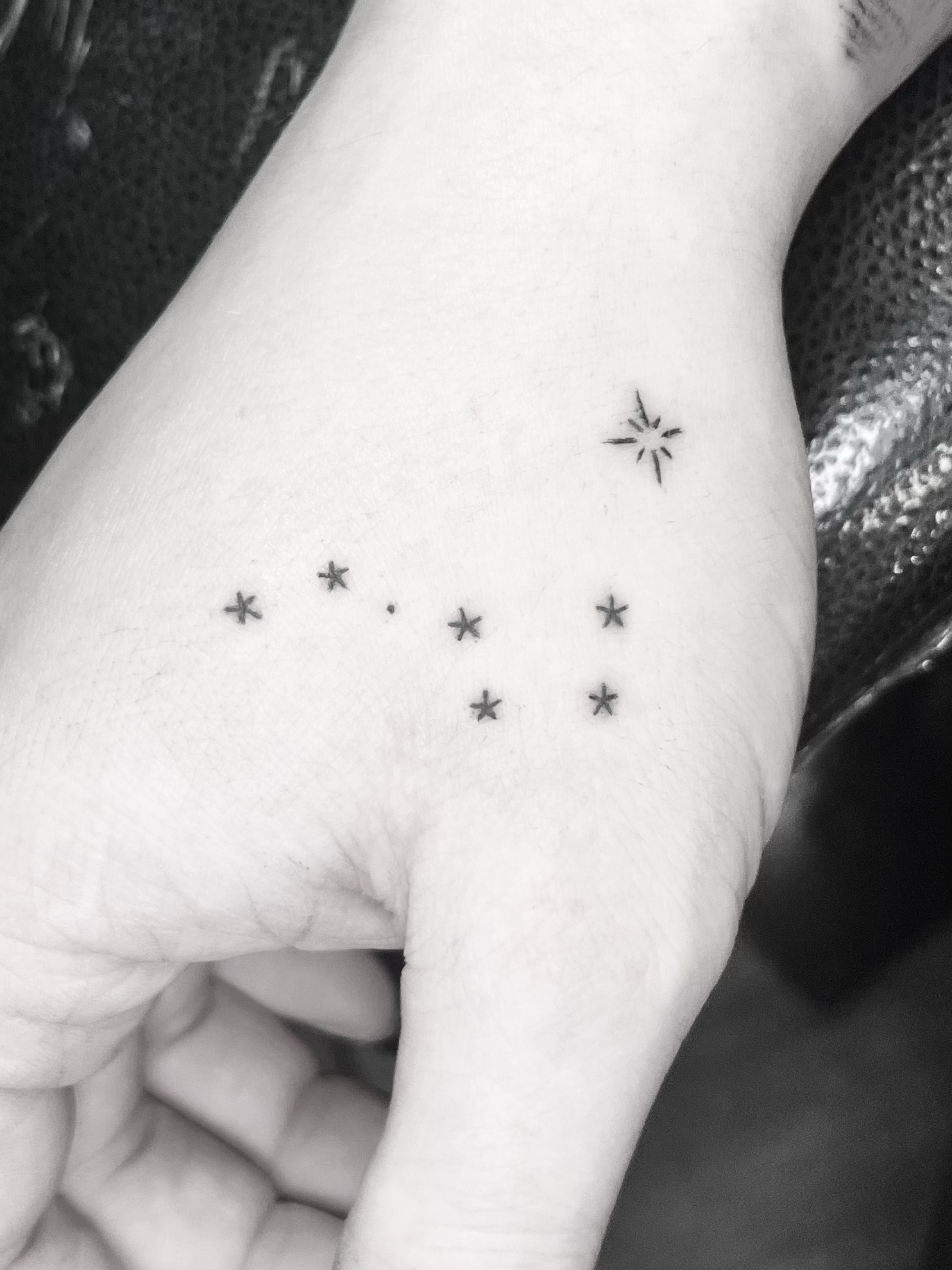A First Timer’s Guide to Getting Tattooed
Your Essential Guide to Getting Your First Tattoo:
What You Need to Know
Getting a tattoo is a personal journey, and you deserve to feel safe, respected, and empowered throughout the process. By being proactive, communicating your needs, and prioritizing your well-being, you can create a positive and memorable first tattoo experience. Remember, your body, your rules.
Before You Book: Research & Preparation
Choosing Your Design
Meaningful to You: Consider designs that genuinely resonate with you. This could be something personal, an image that evokes a particular feeling, or a symbol of strength and resilience.
No Pressure: There's no rush to choose. Take your time to explore ideas, and don't feel pressured to pick something just because it's popular. Your tattoo is for you.
Placement Considerations: Think about where you want the tattoo. Consider how visible you want it to be, and if there are any areas of your body that feel particularly sensitive or hold specific associations for you.
Ask Questions (No Question is Silly):
"Do you have experience working with neurodivergent clients or those with trauma histories?"
"What measures do you take to ensure client comfort and safety?"
"Can I bring a support person with me?"
"What is your cancellation/rescheduling policy if I need to take a break or feel overwhelmed?"
"Can I request specific sensory accommodations (e.g., quiet room, no strong scents, specific lighting)?"
Privacy
Inquire about options for a more private tattooing experience if that's important to you.
Preparing Your Body & Mind
Hydration & Nutrition
Drink plenty of water and eat a good meal before your appointment. This helps with pain management and overall well-being. Hangovers can make the tattoo experience particularly nasty, so drinking beforehand is best avoided.
Comfortable Clothing
Wear loose, comfortable clothing that allows easy access to the tattoo area. It should be something you don’t mind getting potentially stained.
Sleep
Get a good night's rest beforehand.
Avoid Alcohol, Caffeine, & Painkillers
These can increase bleeding and sensitivity.
Self-Care Toolkit:
Pack a bag with items that help you regulate and feel comfortable:
Headphones for music, podcasts, or white noise
Fidget toys or sensory aids
Comfort blanket or soft item
Snacks and a drink
Distraction materials (book, tablet, phone)
During Your Appointment:
Setting Boundaries & Advocating for Yourself
Arrival & Consultation
Arrive on Time:
If you’re running late just let me know, failure to reschedule 48 hours in advance will result is forfeiture of deposit.
Communicate Your Needs:
Reiterate any specific needs or concerns you have. Don't assume the artist will remember everything from your initial booking.
Review Stencil & Placement:
Take your time to look at the stencil. It’s okay to ask for adjustments to the size, placement, or orientation. This is permanent, so ensure you are happy. I don’t charge for stencil-time, so feel free to take your time!
The Tattooing Process
Consent is Ongoing
Remember, you have the right to withdraw or pause at any time. Your consent is not a one-time event at the beginning of the session.
Pain Management
Communication: Tell me if you're experiencing pain that is too intense. We can make adjustments and regulate where we can.
Breaks: Don't hesitate to ask for breaks whenever you need them – for water, stretching, using the restroom, or simply to regulate.
Breathing Techniques: Focus on slow, deep breaths to help manage discomfort.
Distraction: Engage with your self-care toolkit.
Touch & Physical Contact
If you have sensitivities to touch, communicate this clearly. You can discuss a signal for when you need a break or for me to be mindful of pressure.
Emotional Regulation:
It's okay to feel overwhelmed, anxious, or have big emotions. Don't feel you need to mask or apologize for them. Focus on your self-regulation strategies.
Support Person:
If you brought a support person, they can help advocate for your needs and provide comfort.
After Your Tattoo:
Healing & Aftercare
Aftercare Instructions
Listen Carefully:
Pay close attention to aftercare instructions. Follow the link below to keep as reference, as it can be hard to remember everything when you're tired.
Follow Diligently:
Proper aftercare is crucial for a healthy and vibrant tattoo. This involves gentle washing, moisturizing when dry, and avoiding sun exposure.
Signs of Infection (and when to seek medical advice)
Redness, Swelling, or Warmth: Some is normal, but excessive or spreading signs need attention.
Pus or Discharge: Any yellow or green discharge is a red flag.
Fever or Chills: These are systemic signs of infection.
Severe Pain: Pain that worsens significantly or is disproportionate to the tattoo size.
If you have any concerns, contact the shop for advice. If symptoms are severe or persistent, seek medical attention immediately.









